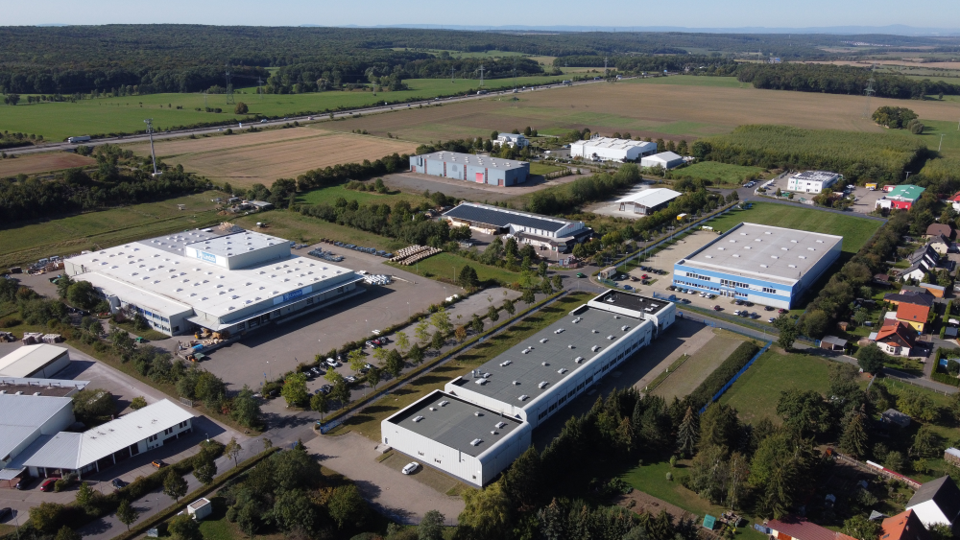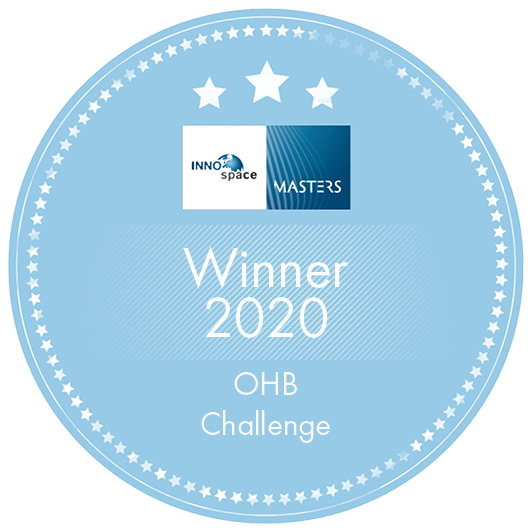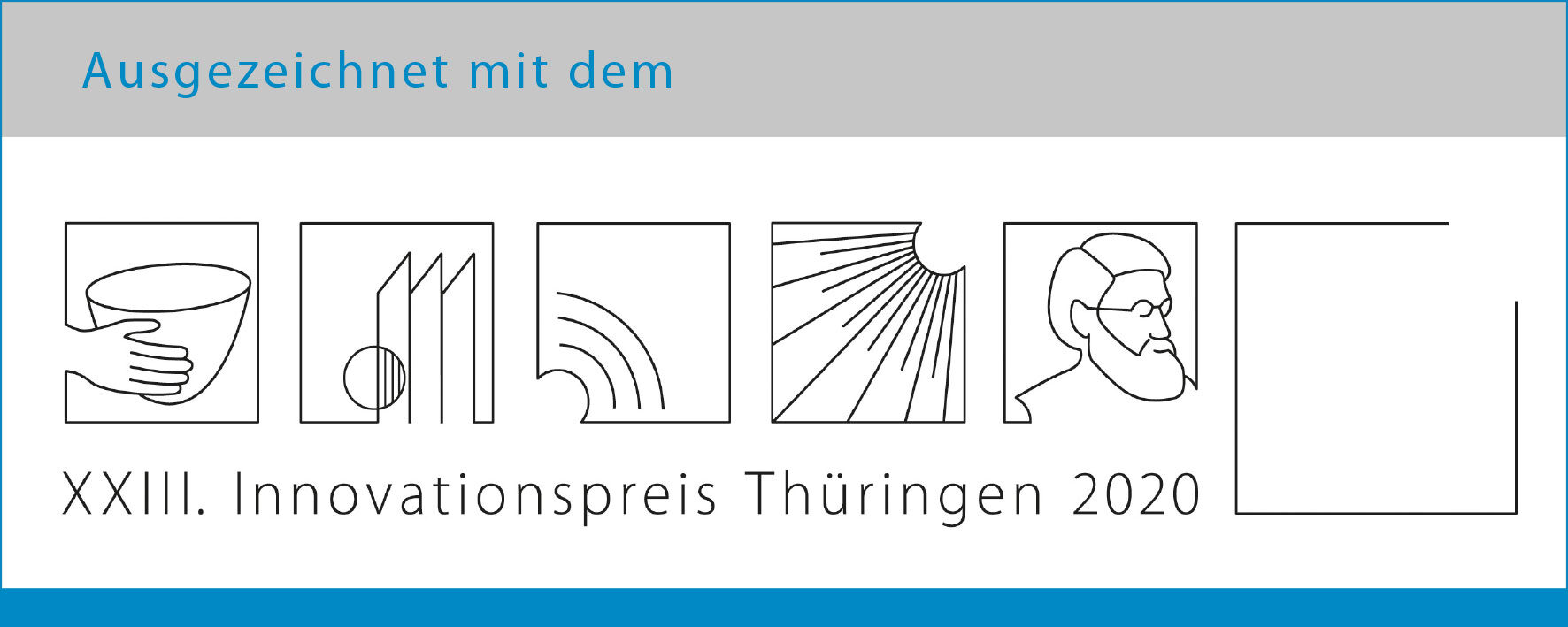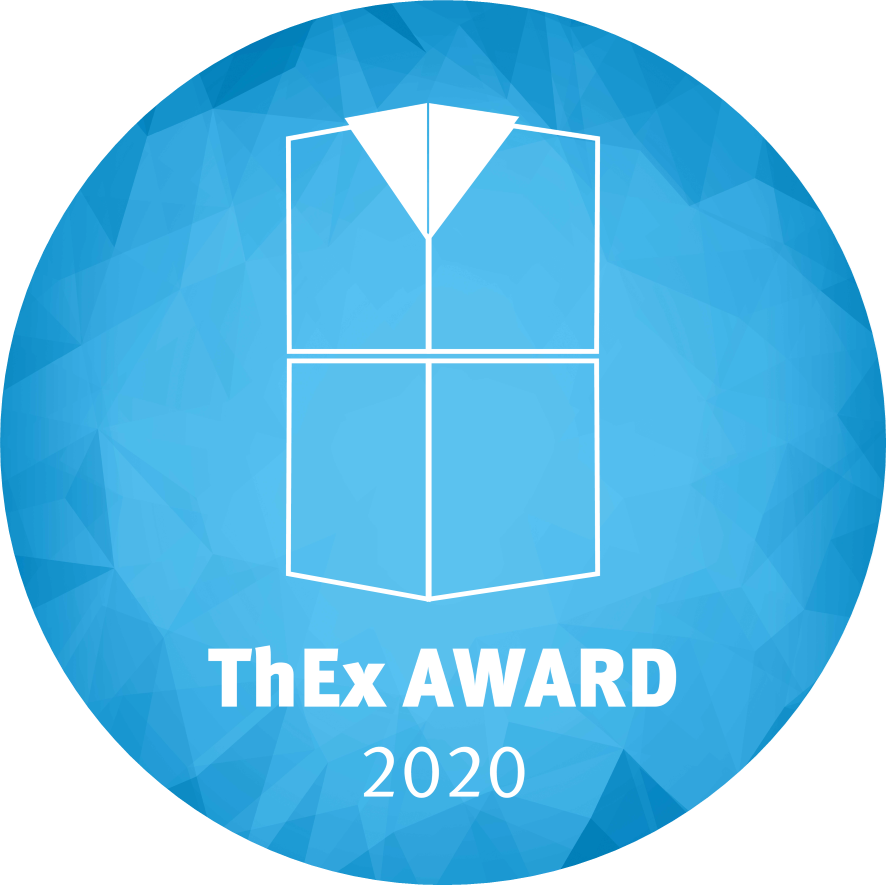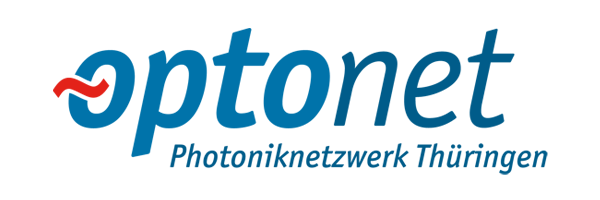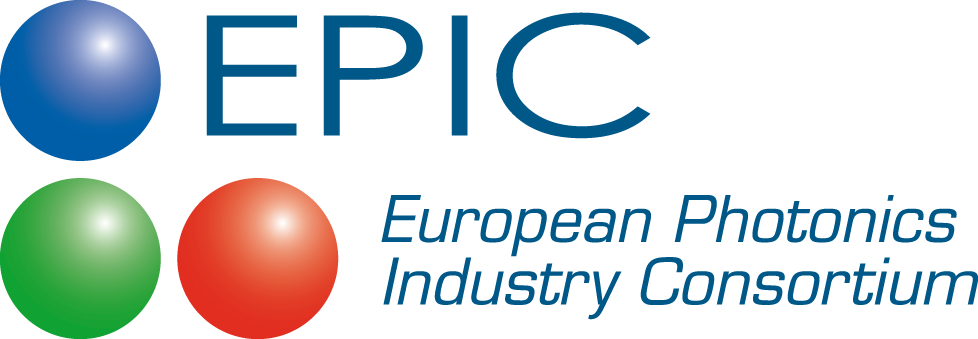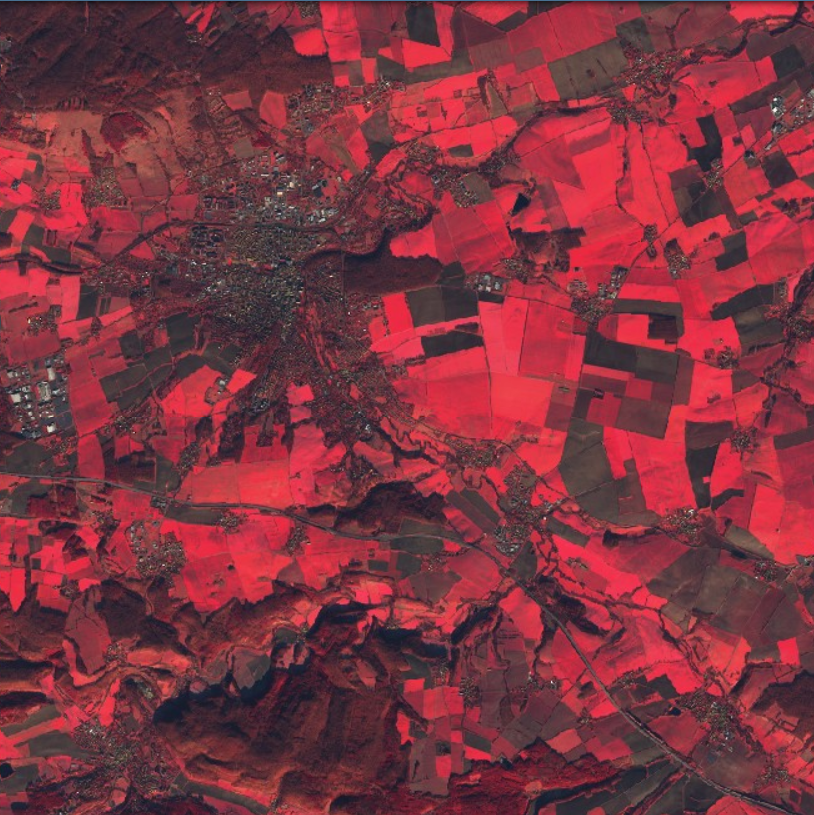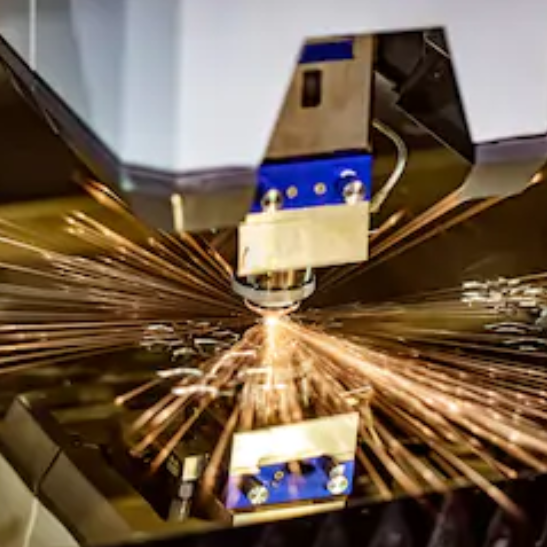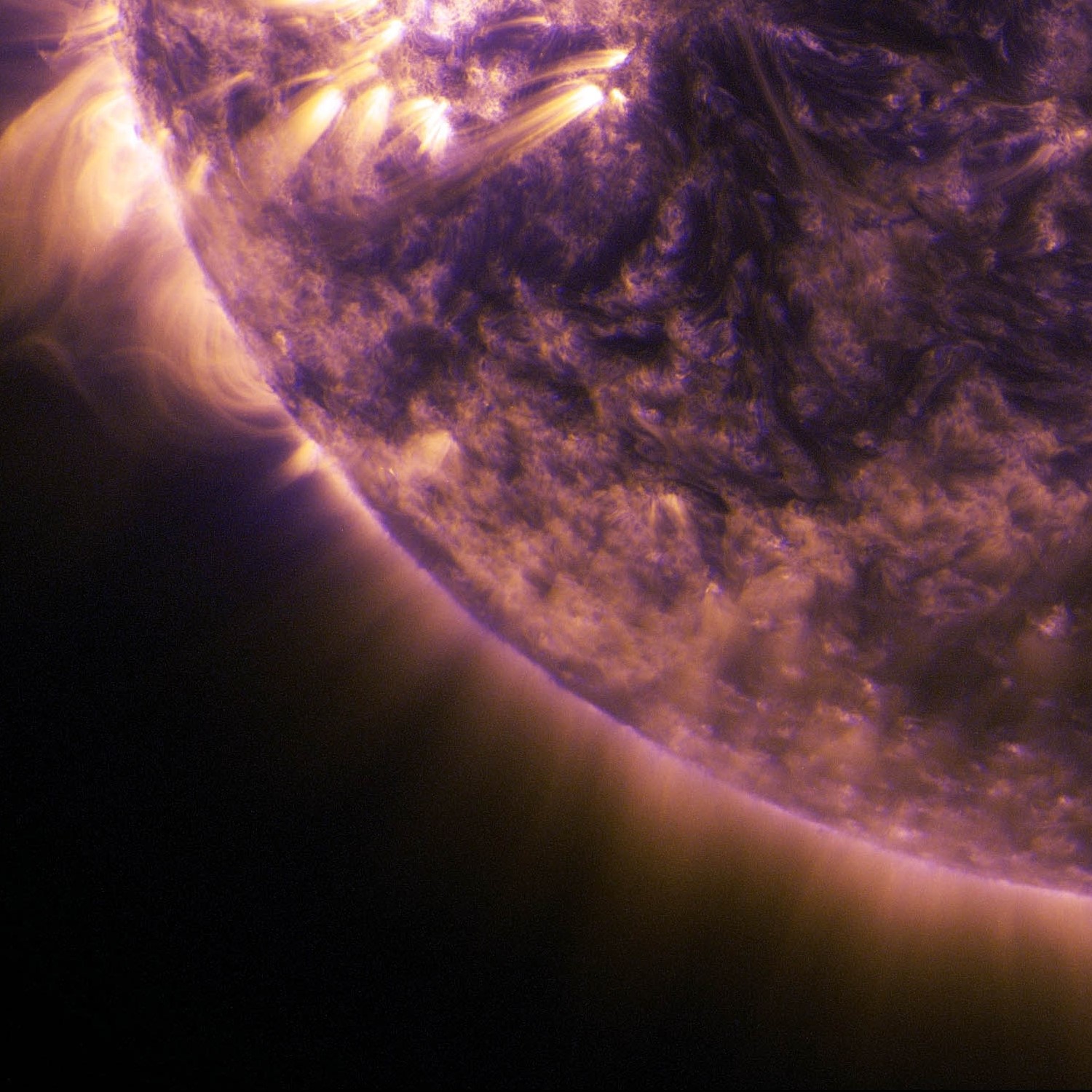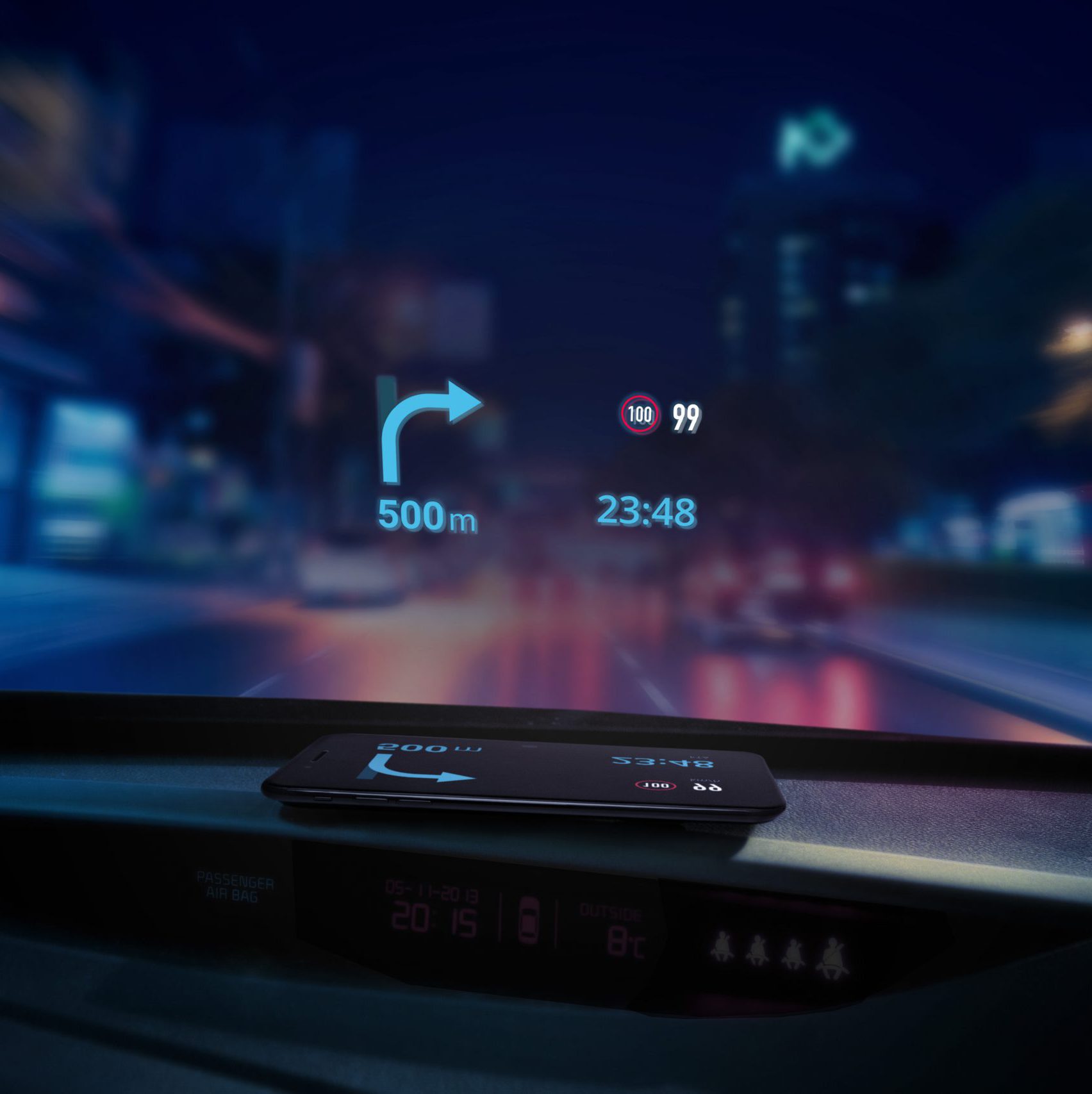Innovative optics for
demanding applications
SPACEOPTIX GmbH is a Fraunhofer IOF spin-off founded in early 2020.
We engineer, manufacture, integrate, and test high-performance metal optical components and systems for applications in space, astronomy, science, and industry.
Markets our optics serve:
Products and services
Based on more than 20 years of applied research, we offer optical metal mirror components and systems from micro-scale to meter-class. Wether within a dedicated process step or as a complex system solution – we support our customers
from design to final system integration and testing.
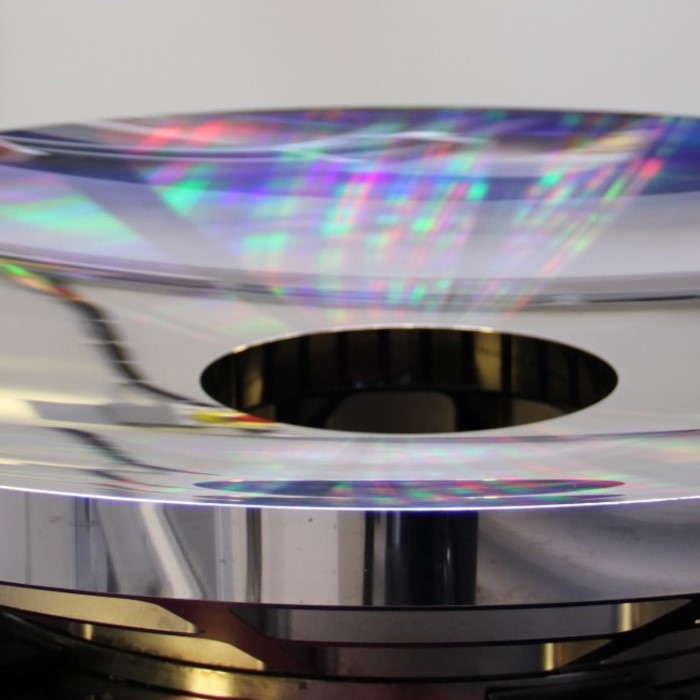
Optical components and systems
Customized optical and opto-mechanical solutions fulfilling your specifications.
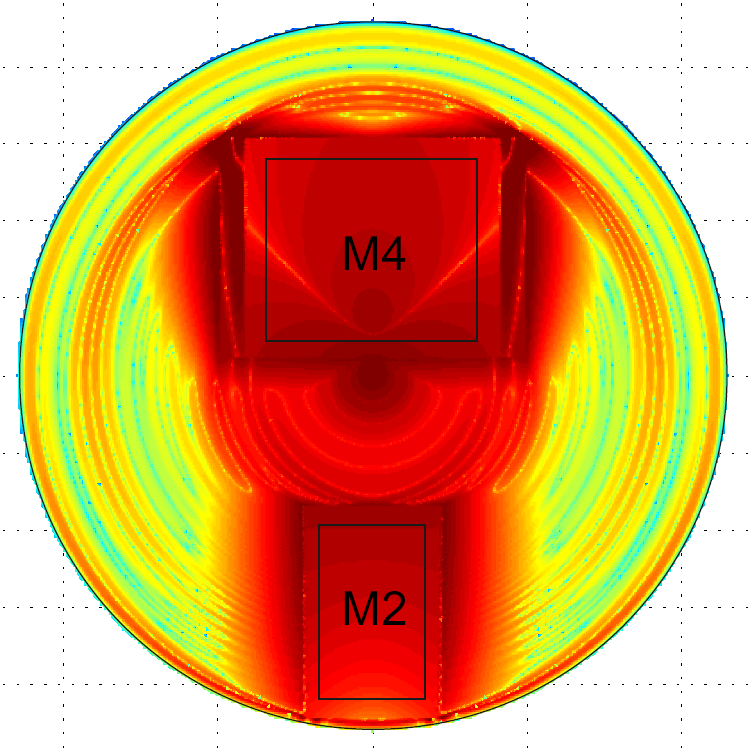
Design and engineering services
Support of your optical system solution towards enhanced manufacturability.
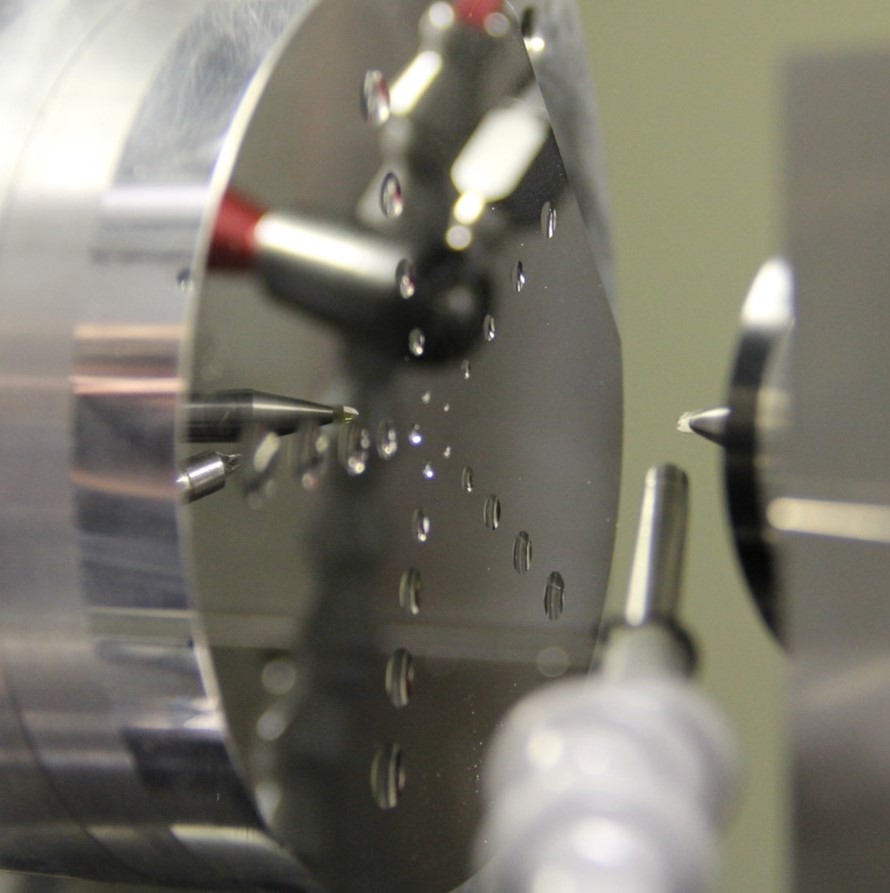
Manufacturing and testing services
Support of your manufacturing process with our high-end equipment.
Technology and applications
Metal optics offer great advantages for a wide range of applications. They can be fabricated in complex shapes, equipped with integrated functionalities, and manufactured in high volume. Have a look to some of our technologies and
application possibilities.
CNC machining
Ultraprecision machining
Polishing
Testing and metrology
Opto-mechanical assemblies
Optical mirrors
Mirror systems
Specialized optics
Meet our team
Our team members combine strong management, engineering and manufacturing skills with passion for precise opto-mechanical instrumentation. Get in touch to discuss your challenge.

Dr. Matthias Beier
CEO
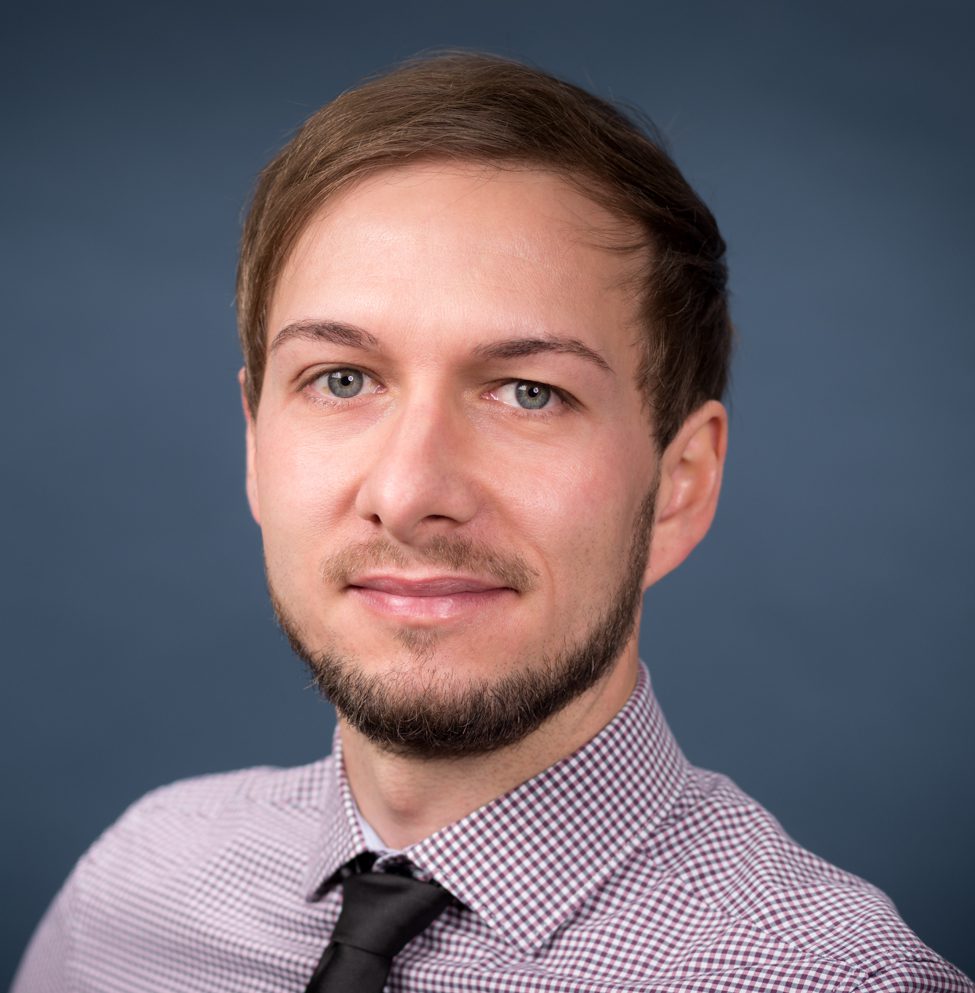
Marcel Hornaff
COO
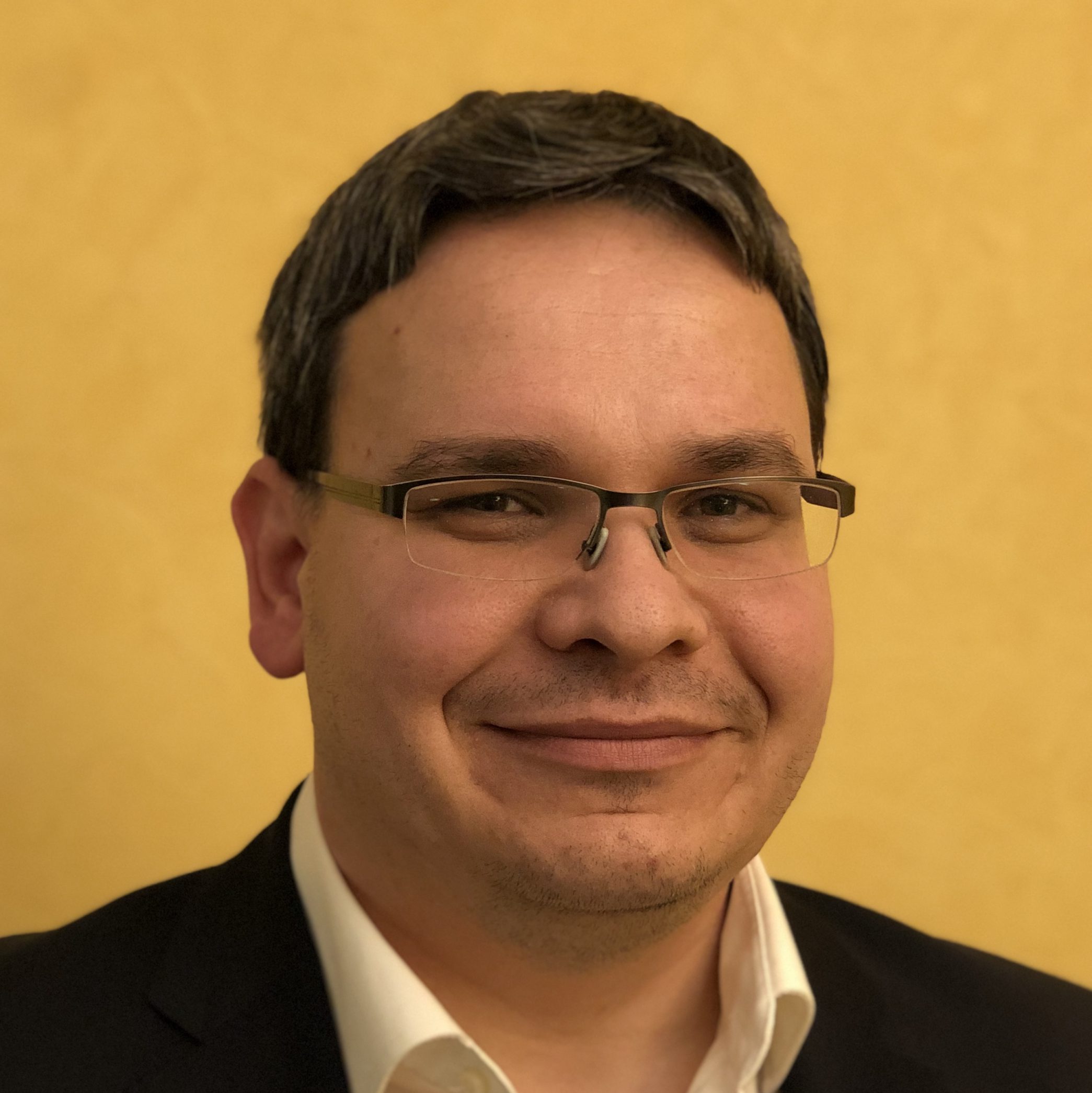
André Urbich
Head of Mechanics Production
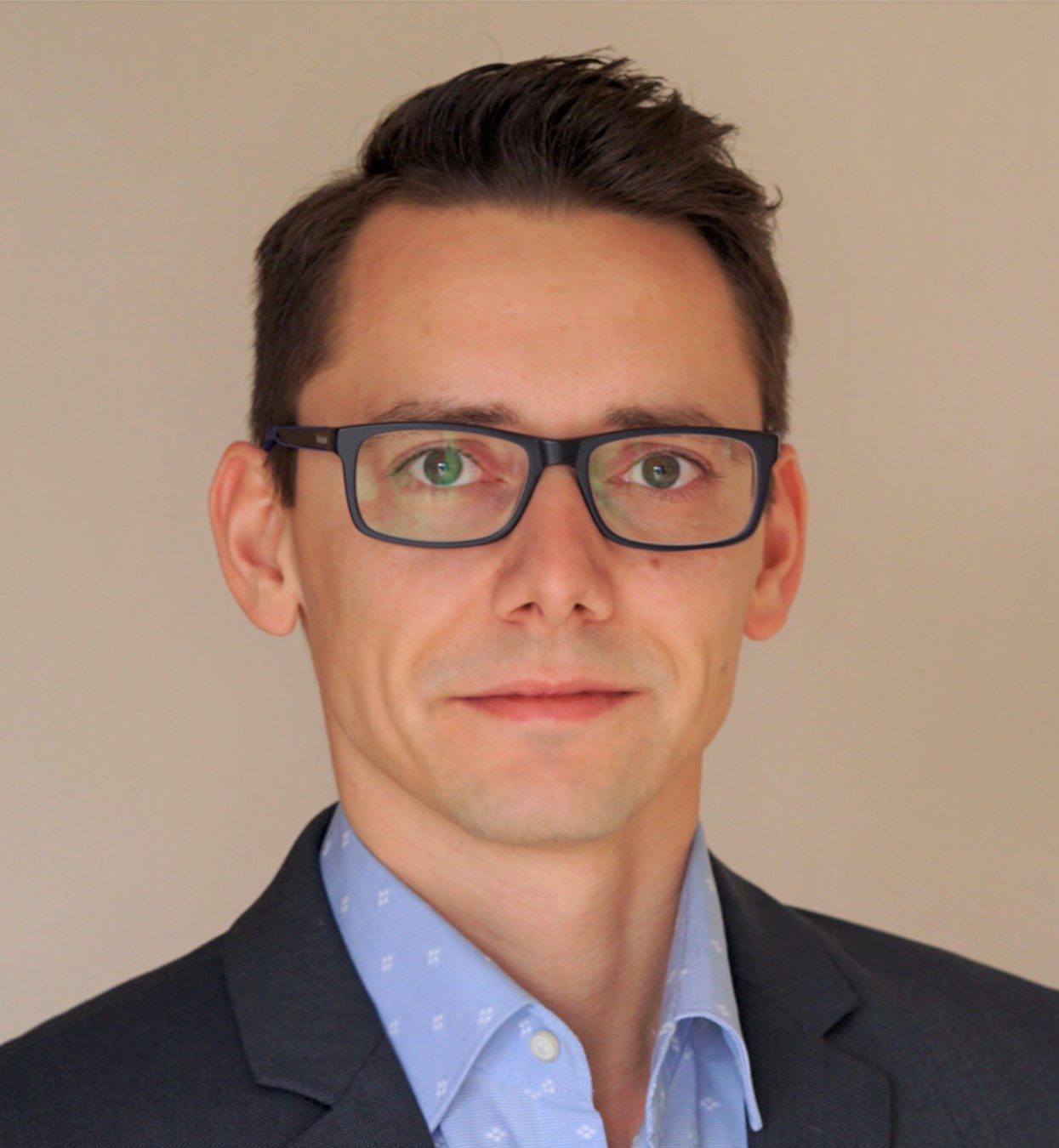
Mathias Schulz
Head of Optics Production
Expertise and team heritage
Amongst others, our team members succesfully managed or contributed to the development and realization of optical components, subsystems, and systems of the following missions, instruments, and projects:
Space
DESIS is a hyperspectral sensor system with the capability of recording image data using 235 closely arranged channels ranging from the visual to the infrared spectrum (between 400 and 1000 nanometers) with a geometrical surface resolution of 30 meters while in ISS orbit at an altitude of 400 km in space. The data collected will enable improved global food cultivation by allowing researchers to detect changes in the ecosystem of the Earth’s surface and can aid in the assessment of the status of forests, agricultural areas and yield predictions.
The Environmental Mapping and Analysis Program (EnMAP) is a German hyperspectral satellite mission that aims at monitoring and characterising the Earth’s environment on a global scale. EnMAP serves to measure and model key dynamic processes of the Earth’s ecosystems by extracting geochemical, biochemical and biophysical parameters, which provide information on the status and evolution of various terrestrial and aquatic ecosystems.
The Earth Explorer – Fluorescence Explorer (FLEX) mission will map vegetation fluorescence to quantify photosynthetic activity.
Information from FLEX will improve our understanding of the way carbon moves between plants and the atmosphere and how photosynthesis affects the carbon and water cycles.
In addition, information from FLEX will lead to better insight into plant health and stress. This is of particular relevance since the growing global population is placing increasing demands on the production of food and animal feed.
JUICE – JUpiter ICy moons Explorer – is the first large-class mission in ESA’s Cosmic Vision 2015-2025 programme. Planned for launch in 2022 and arrival at Jupiter in 2029, it will spend at least three years making detailed observations of the giant gaseous planet Jupiter and three of its largest moons, Ganymede, Callisto and Europa.
The RapidEye constellation of five Earth Observation satellites has been in operation since February of 2009. The system images a 77 kilometre wide swath, which collects more than five million square kilometres of earth every day for its. RapidEye’s sensors produce imagery in five spectral bands (Red, Green, Blue, Red Edge and Near Infrared). Over 70% of RapidEye’s imagery has a view angle of less than 10°, as the view angle of RapidEye imagery is always less than 20°. The system also has the capability for daily revisit to any point on earth. Each of the five satellites are identically calibrated so that images between satellites are indistinguishable from each other.
The Copernicus Sentinel-2 mission comprises a constellation of two polar-orbiting satellites placed in the same sun-synchronous orbit, phased at 180° to each other. It aims at monitoring variability in land surface conditions, and its wide swath width (290 km) and high revisit time (10 days at the equator with one satellite, and 5 days with 2 satellites under cloud-free conditions which results in 2-3 days at mid-latitudes) will support monitoring of Earth’s surface changes. The coverage limits are from between latitudes 56° south and 84° north.
The Sentinel-4 mission focuses on monitoring of trace gas concentrations and aerosols in the atmosphere to support operational services covering air-quality near-real time applications, air-quality protocol monitoring and climate protocol monitoring. The specific objective of Sentinel-4 is to support this with a high revisit time over Europe. The Sentinel-4/UVN instrument is a high resolution spectrometer system operating with 3 designated bands in the solar reflectance spectrum, covering the ultraviolet (305-400 nm), visible (400-500 nm) and near-infrared (750-775 nm) bands. The central Sentinel-4/UVN instrument parameters are a spatial sampling of 8 km over Europe and a fast repeat cycle over Europe and North Africa (Sahara) of 60 minutes.
The Sentinel-5 mission focuses on monitoring of trace gas concentrations and aerosols in the atmosphere to support operational services covering air-quality near-real time applications, air-quality protocol monitoring and climate protocol monitoring.
Astronomy
CRIRES+ transforms the CRIRES instrument at VLT into a cross-dispersed spectrograph to increase the wavelength range that is covered simultaneously by a factor of ten. In addition, a new detector focal plane array of three Hawaii 2RG detectors with a 5.3 μm cut-off wavelength will replace the existing detectors, a new spectroparimetric unit will be added and the calibration system will be enhanced.
LUCI 1 and LUCI2 are a pair of infrared multi-mode instruments. In seeing-limited mode, each has a 4 arc-minute square field of view and will be capable of long-slit and multi-slit spectroscopy as well as imaging in the near infrared zJHK bands from 0.89 (LUCI1) or 0.96 (LUCI2) to 2.44 microns. Each instrument includes diffraction-limited opticscovering a 30-arcsecond field of view for use with the adaptive secondary mirrors.
METIS is the proposed mid-infrared imager and spectrograph for the Extremely Large Telescope (ELT), Europe’s next-generation ground-based telescope for optical and infrared (IR) wavelengths. Covering the L, M and N bands, METIS will offer imaging, coronagraphy and medium-resolution spectroscopy over the full wavelength range (3-19 microns), and high-resolution integral field spectroscopy in L and M bands (3-5 microns).
PEPSI is the fiber-feed high-resolution optical echelle spectrograph for the Large Binocular Telescope (LBT) in Arizona. It is designed to utilize the two 8.4m apertures of the LBT in a seeing-limited mode so that light can be fed to the spectrograph via two permanently mounted focal stations (PFUs) and thereby providing a high resolution standby spectrograph for the LBT Observatory.
Industry
Manufacturing of light-weighted scan mirrors for high-power laser applications. Plano mirror sizes up to 350 mm.
Imaging and illumination optics for lithography applications at 13.5 nm wavelength.
News and events
SPACEOPTIX LIVE
Meet us in person at one or more of the following events:
How to find us
Main office
Hans-Knöll-Straße 6
07745 Jena, Germany
Production site
Günter-Junkes-Straße 2
99428 Isseroda, Germany
Contact
info@spaceoptix.de
Phone
+49 3643 878720
